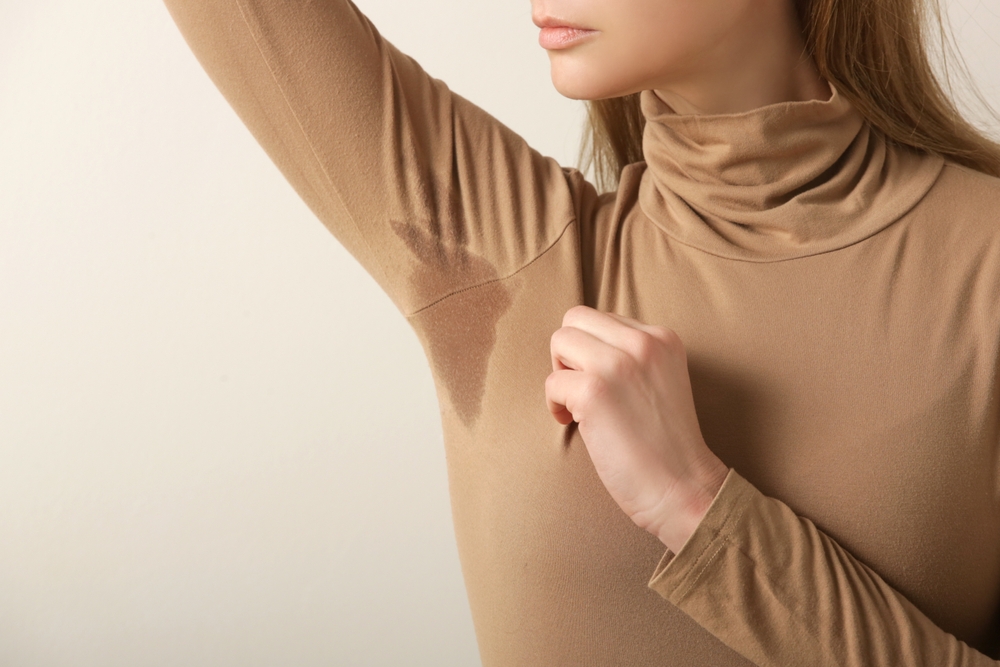
Excessive sweating can negatively impact daily life, causing discomfort in social, emotional, and professional settings. Thankfully, modern medicine offers various treatment methods to manage excessive sweating.
Hyperhidrosis treatment aims to improve quality of life and alleviate the discomfort caused by excessive sweating. Treatment options include topical treatments, oral medications, botulinum toxin injections, iontophoresis, and surgical interventions. The choice of treatment depends on the severity and extent of sweating and the individual's overall health.
Hyperhidrosis typically arises from two main causes: primary and secondary hyperhidrosis. Primary hyperhidrosis is due to overactive sweat glands and is generally not associated with any underlying medical condition. This type of sweating is often genetic and begins in childhood or adolescence. Primary hyperhidrosis is usually concentrated in areas such as the palms, soles, underarms, and face.
Secondary hyperhidrosis, on the other hand, results from an underlying health issue. Conditions such as thyroid disorders, diabetes, menopause, certain medications, and nervous system disorders can lead to secondary hyperhidrosis. This type of sweating can occur throughout the body and is often managed by treating the underlying condition.
The most obvious symptom of hyperhidrosis is excessive sweating that occurs regardless of physical activity or temperature. This can be concentrated in specific areas like the palms, soles, underarms, and face, significantly affecting daily life. Constant wetness and unpleasant odors in clothing are common signs.
Additionally, excessive sweating can lead to social and emotional issues. People may feel uncomfortable in social settings, suffer from low self-esteem, and even develop mental health issues such as depression and anxiety. Therefore, early recognition and appropriate management of hyperhidrosis symptoms are crucial.
Hyperhidrosis is typically diagnosed based on patient complaints and a physical examination. The doctor takes a detailed medical history to determine when the sweating started, its locations, and its impact on daily life. Blood tests and other laboratory tests may be conducted to identify any underlying health problems.
During the physical examination, the doctor assesses the severity and extent of sweating. Special tests like the iodine-starch test can also be used. In this test, an iodine solution is applied to the sweating areas, followed by starch. The areas that sweat turn dark blue or black due to the reaction between the starch and iodine, helping to objectively evaluate the amount and location of sweating.
Hyperhidrosis treatment varies based on the severity, extent of sweating, and the individual's overall health. The first line of treatment typically involves the use of topical antiperspirants. These products reduce the activity of sweat glands, controlling the amount of sweat. In more severe cases, oral anticholinergic medications can be used. These drugs block the nerve signals that stimulate the sweat glands, reducing sweating.
Botulinum toxin injections are effective for controlling excessive sweating in areas like the underarms, palms, and soles. This treatment temporarily halts the activity of sweat glands. Iontophoresis, which uses low-level electrical currents to reduce sweat gland activity, is another method for treating palm and sole sweating. Surgical interventions are generally considered when other treatments fail and involve removing sweat glands or cutting nerves. For more information on hyperhidrosis treatments, contact EMPCLINICS.
The time it takes to see the effects of hyperhidrosis treatment varies depending on the method used. Antiperspirants typically show results within a few days, while other treatments may take a few weeks or months to show effects.
Some hyperhidrosis treatments may cause mild discomfort. Botulinum toxin injections can create a slight stinging sensation. Iontophoresis may cause a mild tingling sensation.
Hyperhidrosis treatment is suitable for individuals whose excessive sweating affects their daily lives. Your doctor will work with you to choose the best treatment option.